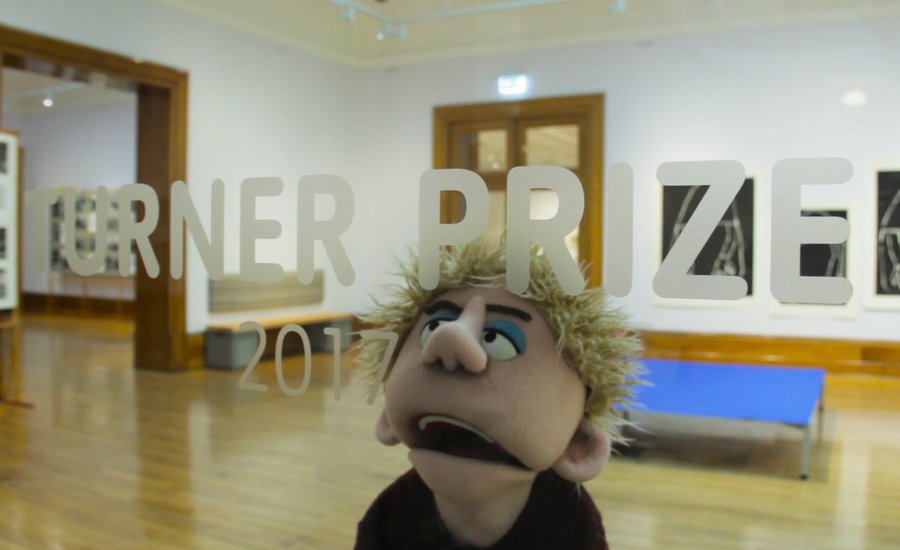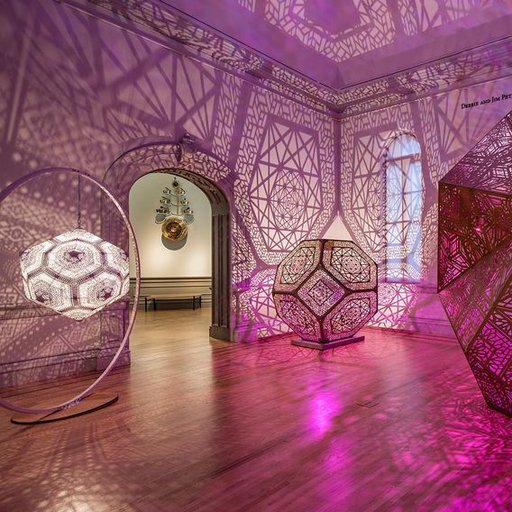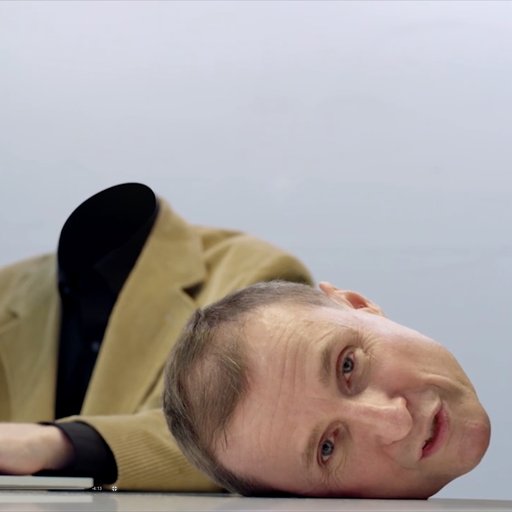Last month, artist Susan Unterberg made headlines when she revealed herself as the mysterious benefactor behind the distinctive grant “Anonymous Was a Woman.” After 22 years and over $5.5 million dollars awarded to 220 mid-career women artists including Amy Sherald, Laura Poitras, Joan Jonas, and Tania Bruguera, the New York based artist and philanthropist Susan Unterberg finally stepped out from behind the curtain as the secret fairy godmother responsible for the seminal grant. Funded by an inheritance received after her father, oilman Nathan Applegate, passed away in 1992, Unterberg founded “Anonymous Was a Woman”, naming it after a line in Virginia Woolf’s “A Room of One’s Own.” The award provides an unrestricted $25,000 to women artists over the age of 40 as a way to help close the gender gap in artistic representation and opportunity.
In order to preserve her own career as a contemporary artist, Ms. Unterberg kept her identity a secret. “I was working really hard to become known as a contemporary artist,” said Ms. Unterberg in her New York Times reveal, “and this I felt would have influenced the way people looked at my work or saw me.” Explaining her decision to come forward, the artist also told the Times that by going public, she could “more openly argue on behalf of women who are artists, demonstrate the importance of women supporting women and try to inspire other philanthropists.”
While there are few (if any) other grants out there whose donors choose to remain completely anonymous (philanthropy is, after all, some of the best branding money can buy these days), you’d still be surprised by the who and what behind some of the art world’s largest patrons. Here are the stories behind four of some of the most recognized artist grants and awards.
THE JOHN D. AND CATHERINE T. MACARTHUR FELLOWSHIP
Also known as “the Genius Grant,” to be a recipient of a MacArthur fellowship puts you in the distinguished company of artists like James Turrell, Yvonne Rainer, Cindy Sherman, Kerry James Marshall, Kara Walker, Sarah Sze, and Trevor Paglen to name a very small few. It also puts you in the company of radio hosts like Jad Abumrad, labor organizers like Ai-jen Poo, and quantum astrophysicists like Nergis Mavalvala. Established in 1978, the grant annually awards around two dozen recipients a whopping $625,000 each. Not limited to the arts, the fellowship awards United States citizens or residents in any field whose work demonstrates “extraordinary originality and dedication in their creative pursuits and a marked capacity for self-direction.”
What most people don’t know, however, is that one of the main reasons that the MacArthur foundation was established was simply to avoid taxes. The $6.9 billion endowment (as of 2017) began after the passing of health insurance magnate John D. MacArthur in 1978. The owner of Bankers Life and Casualty, MacArthur was worth over $1 billion in excess at the time of his death and left 92% of it to the foundation. Headed by a board of directors that included two of MacArthur’s sons, two colleagues, radio commentator John Harvey, and later Jonas Salk, the inventor of the polio vaccine, the late MacArthur did not leave any specific stipulations as to how the foundation’s money ought to be spent. In his own words to the board, "I figured out how to make the money. You fellows will have to figure out how to spend it." By the early ‘80s, most of the original board members were replaced at the behest (and legal action) of MacArthur’s two sons who wanted to use the foundation to support more liberal causes, such as mitigating climate change, reducing jail populations, decreasing nuclear threats, supporting nonprofit journalism, and funding local priorities in its hometown of Chicago.
Now here’s an award that was practically designed to stir the pot of controversy and ire. The annual £40,000 British prize is named after the English Romanticist painter J.M.W. Turner, an artist who, during his time, was considered controversial but is now regarded as one of the country’s greatest artists. In keeping with his legacy, the prize has been awarded to some of Britain’s most notorious names in art under the age of 50, including Chris Ofili, Damien Hirst, and Tracey Emin. One of the awards most highly criticized aspects however hasn’t been so much the artists themselves but the publicity surrounding the event. Organized by the Tate, the awards ceremony usually takes place at Tate Britain and is the UK’s most publicized art award, with celebrity presenters the likes of Jude Law and Yoko Ono.
Unlike most of the awards and grants on this list, the Turner Prize is not funded by any sort of foundation. Instead, both the exhibition and the prize money rely entirely on corporate sponsorship. First established in 1985, the prize was originally sponsored by investment banking firm Drexel Burnham Lambert until they withdrew in 1990 after the company’s demise. Since then, the Turner Prize has been funded by the local independent television station, “Channel 4,” as well as Gordon’s Gin who remains the sole sponsor of the award.
THE JOHN SIMON GUGGENHEIM MEMORIAL FELLOWSHIP
While many might assume the John Simon Guggenheim Memorial Fellowship to be part of either the Solomon R. Guggenheim Museum or from Peggy Guggenheim’s estate, the foundation backing this award is in fact yet another philanthropically minded Guggenheim. Basically, the Guggenheims are to the arts what the Kennedys are to politics. All born out of the same mining wealth established by Swiss-American immigrant Meyer Guggenheim throughout the late 1800s, the Guggenheim family name evolved to become almost synonymous with philanthropy and the foundation of modern art throughout the 1900s. Meyer’s son, Solomon R. Guggenheim, established the eponymous museum and foundation in 1937. Meyer’s granddaughter (Solomon’s niece), Peggy Guggenheim would of course become one of the most influential collectors and gallerists during New York’s Abstract Expressionist movement.
Established in 1925 after the tragic death of John Simon Guggenheim at the age of 17, the memorial foundation and fellowship was created by John Simon’s family to “further the development of scholars and artists by assisting them to engage in research in any field of knowledge and creation in any of the arts, under the freest possible conditions and irrespective of race, color, or creed.” Past recipients of the grant include Vito Acconci, Ann Agee, John Baldessari, and Mike Kelley.
THE FUTURE GENERATION ART PRIZE
Awarded biannually since 2009, the Future Generation Art Prize offers $100,000 to literally any artist in the world. All you have to do is apply online (and be younger than 35)! While the main prize is only awarded to one talented young individual, there are also “Special Prizes” of $20,000 awarded to five other artists. Past winners include Cinthia Marcelle, Lynette Yiadom-Boakye, Nástio Mosquito, and Dineo Seshee Bopape. This generous sum is entirely owed to the vast fortunes of Victor Pinchuk, Ukrainian billionaire and oligarch, whose wealth has been accumulated via steel pipe and wheel production and international investment as the founder of Interpipe and EastOne Group LLC, respectively.
Earlier this year, Mr. Pinchuk came under scrutiny by special counsel Robert Mueller for a suspicious $150,000 donation made to the Donald Trump Foundation for a speaking engagement. What’s unusual about this transaction is that Mr. Trump didn’t actually appear at the forum in question (the Pinchuk Foundation’s “Yalta European Strategy”) and instead sent a 20-minute video. It’s also worth noting that Pinchuk’s donation is the largest the Trump Foundation had received that year… That aside, Mr. Pinchuk has done a considerable amount for the arts in the Ukraine. Apart from the Future Generation Art Prize, the Pinchuk Foundation is also responsible for the establishment of the PinchukArtCenter in Kyiv, a contemporary art museum that features public programming, providing “free access to new ideas, perceptions and emotions.” A firm believer in the importance of culture, a quote by Mr. Pinchuk on the foundation’s website reads, “Art, freedom and creativity will change society faster than politics."
RELATED ARTICLES:
A Short History of the Turner, the Art World's Most Scandalous Prize



























